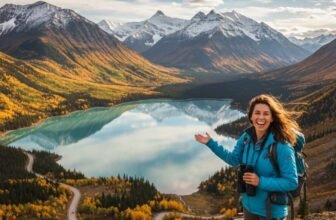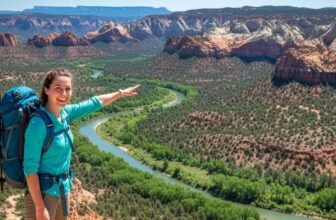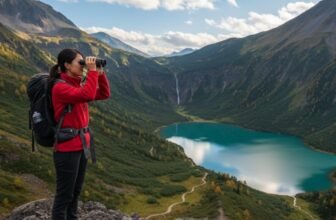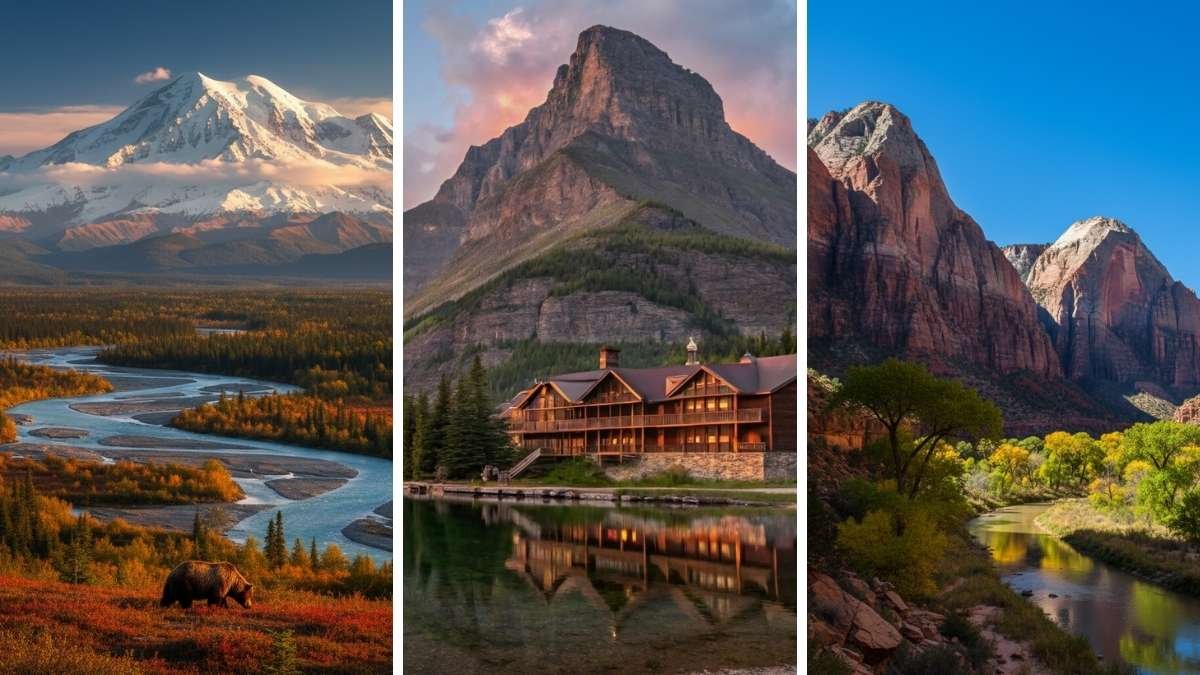
A certain kind of silence you only find on the trail—the kind that hums beneath your heartbeat and stretches wider than words. After hiking through nearly every corner of America’s wild places, I learned that not all landscapes just change your view—they change you.
Some challenge your endurance, others your sense of awe, and a few reach right into your chest and rearrange how you see this country altogether.
These are the parks that did exactly that—the ones that made me stop mid-trail, speechless, realizing that America’s real story isn’t written in cities, but carved deep into its wild spaces.
1. Yellowstone National Park, Wyoming
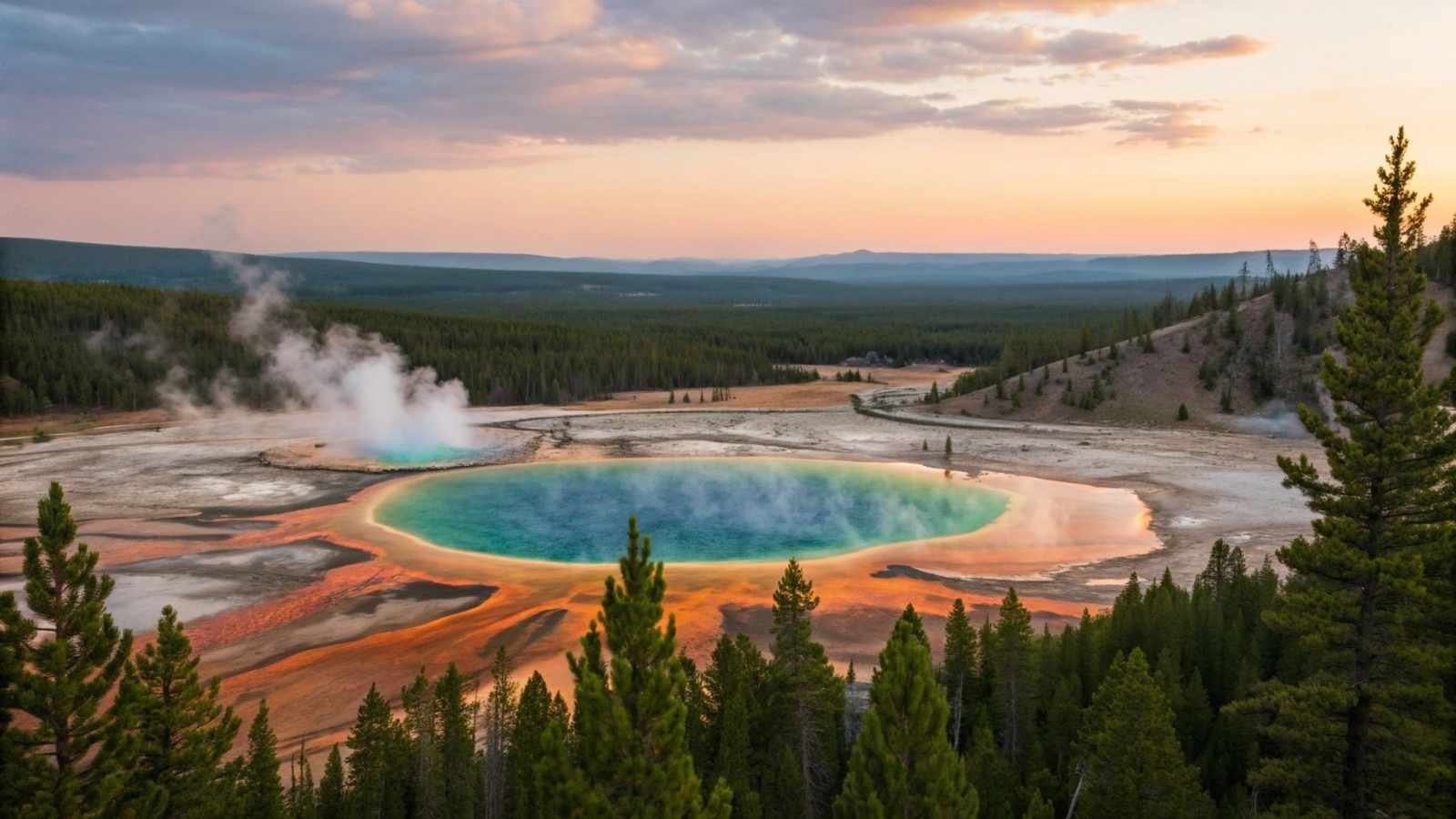
Yellowstone is the place that completely reshaped how I define wilderness. Every hike here feels like stepping into a living, breathing planet—one that still follows its own rules. The park’s landscape constantly shifts between steaming geysers, technicolor hot springs, alpine lakes, and herds of bison that seem older than time itself. Walking through the Upper Geyser Basin or standing before the Grand Prismatic Spring feels less like sightseeing and more like witnessing raw Earth energy in motion.
Then there’s the unpredictability—the sound of distant geysers erupting or elk calls echoing across a misty meadow at dawn. It’s both thrilling and humbling. Yellowstone taught me that wilderness isn’t meant to be conquered—it’s meant to be respected. You don’t just visit this park; you surrender to it.
Quick Facts:
- Best months to visit: June–September (for full trail access)
- Top hikes: Grand Prismatic Overlook, Mount Washburn, Fairy Falls
- Where to stay: Canyon Village or Old Faithful Inn (for central access)
- Wildlife tip: Dawn and dusk are best for spotting wolves, bison, and elk
- Permit tip: Backcountry camping permits are required for overnight hikes
2. Yosemite National Park, California
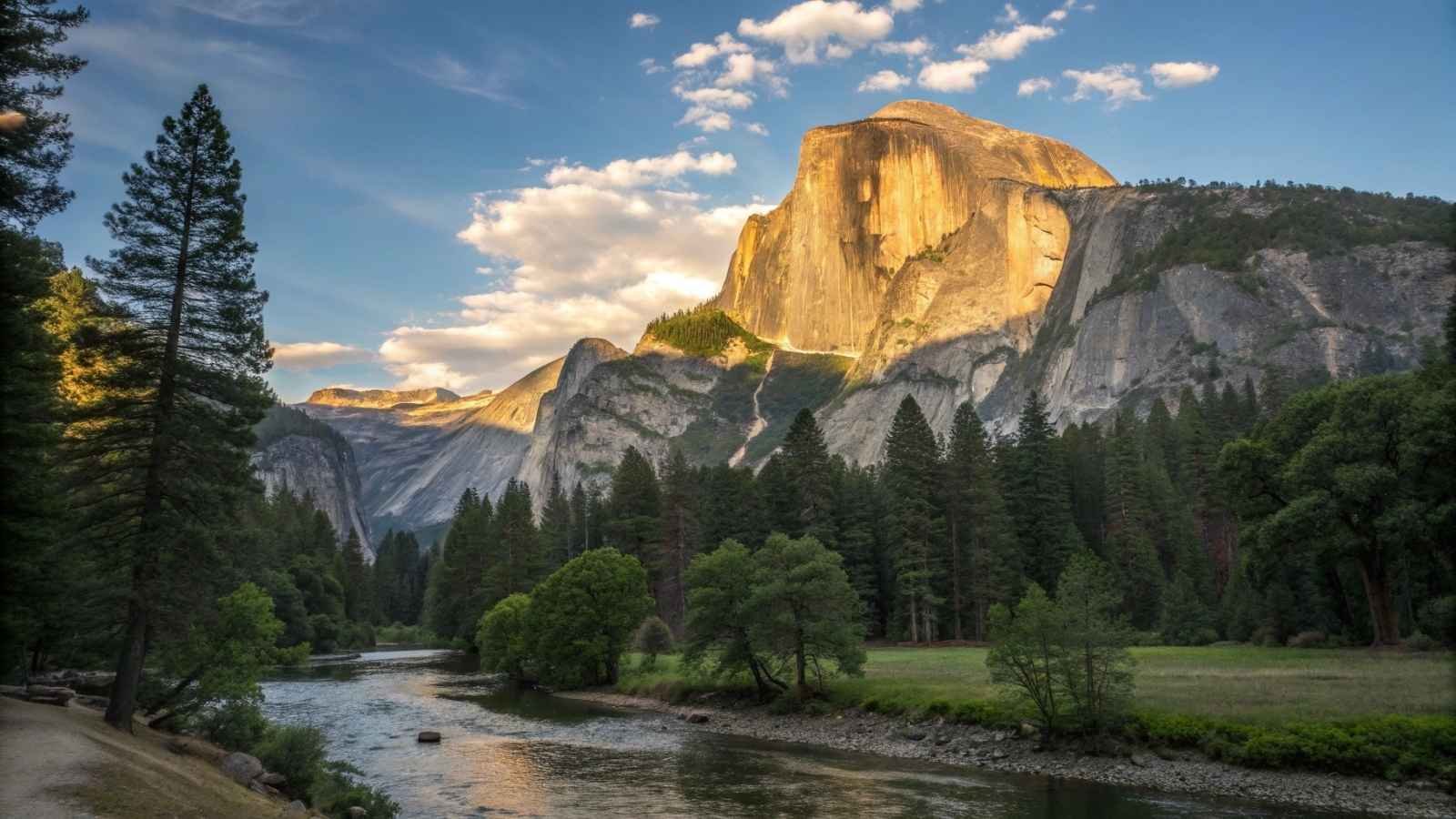
There’s a moment in Yosemite that stays with you forever—the first time you see El Capitan rise from the valley floor. It’s almost impossible to grasp its scale until you’re standing beneath it, craning your neck skyward. Every trail here leads to something extraordinary—cascading waterfalls, granite domes, or hidden meadows where you can hear nothing but your own heartbeat.
What sets Yosemite apart is its sense of permanence. The rock faces here feel eternal, like they’ve been carved to remind us of how small we are. Hiking the Mist Trail up to Vernal and Nevada Falls is equal parts beauty and endurance; you come away soaked, exhausted, and absolutely in awe. Yosemite doesn’t just show you nature—it shows you endurance, patience, and the artistry of time.
Quick Facts:
- Best months to visit: May–October (when snowmelt feeds the waterfalls)
- Top hikes: Half Dome (permit required), Mist Trail, Four-Mile Trail to Glacier Point
- Where to stay: Yosemite Valley Lodge or Curry Village for convenience
- Photography tip: Tunnel View at sunrise for unbeatable light
- Permit tip: Apply early for Half Dome and wilderness permits
3. Glacier National Park, Montana
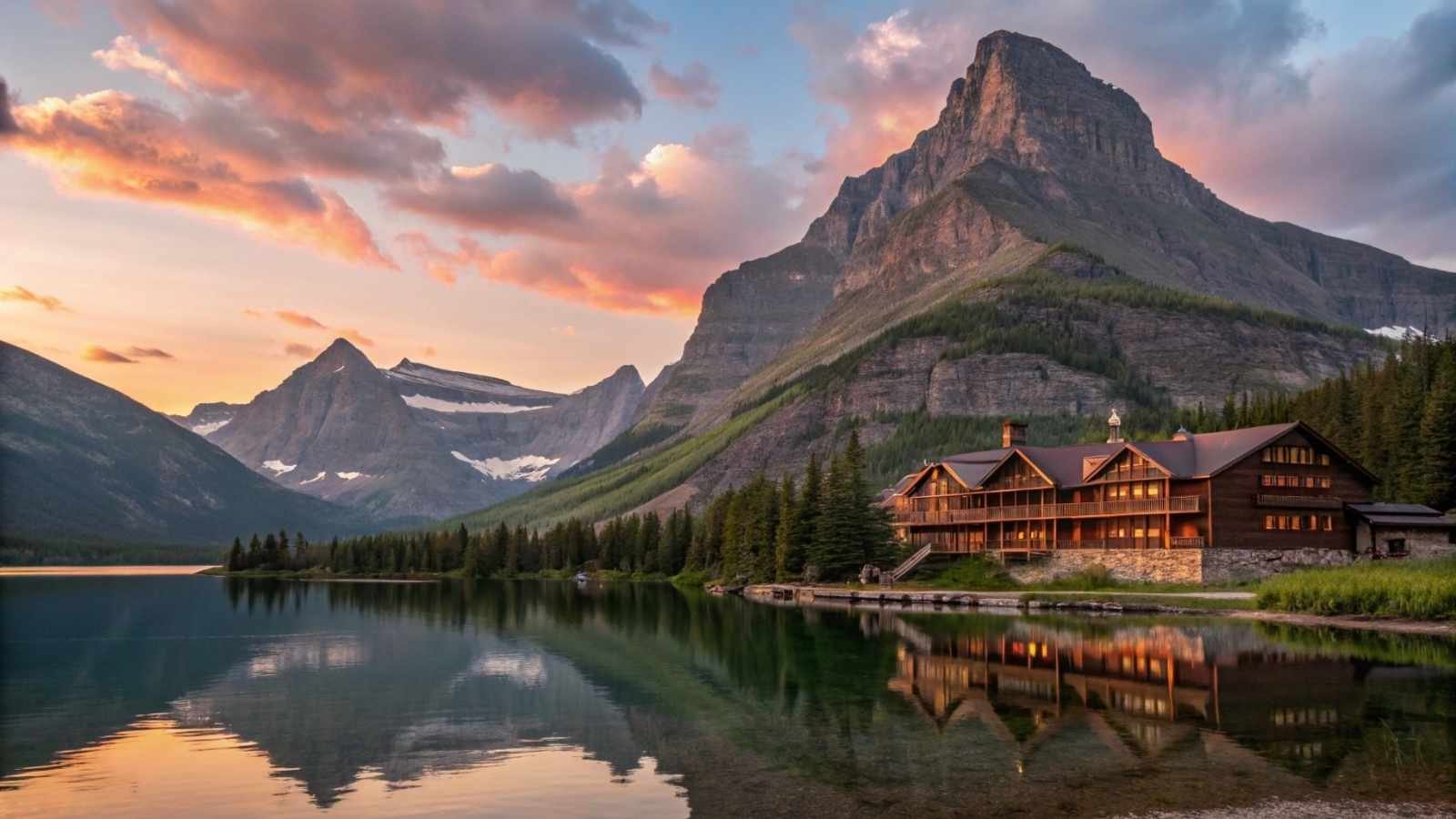
Glacier feels like stepping into a postcard that’s still unfolding. The park’s Going-to-the-Sun Road is one of the most jaw-dropping drives in America, but hiking is where it truly reveals itself. Trails wind past turquoise lakes and fields of wildflowers, all framed by jagged peaks that still cradle remnants of ancient glaciers. It’s dramatic in a way that feels cinematic—untamed but serene.
What struck me most here was the silence. Out on the Highline Trail, the sound of wind through pines replaces the noise of everyday life, and it feels almost sacred. The park reminded me that America still holds wild spaces that belong to no one and everyone at once. It’s a place where solitude doesn’t feel lonely—it feels necessary.
Quick Facts:
- Best months to visit: July–September (when snow has melted from most trails)
- Top hikes: Highline Trail, Grinnell Glacier Trail, Avalanche Lake
- Where to stay: Many Glacier Hotel or Lake McDonald Lodge
- Wildlife tip: Early morning hikes offer the best chance to see mountain goats and bears
- Permit tip: Vehicle reservation required for Going-to-the-Sun Road in peak season
4. Grand Canyon National Park, Arizona
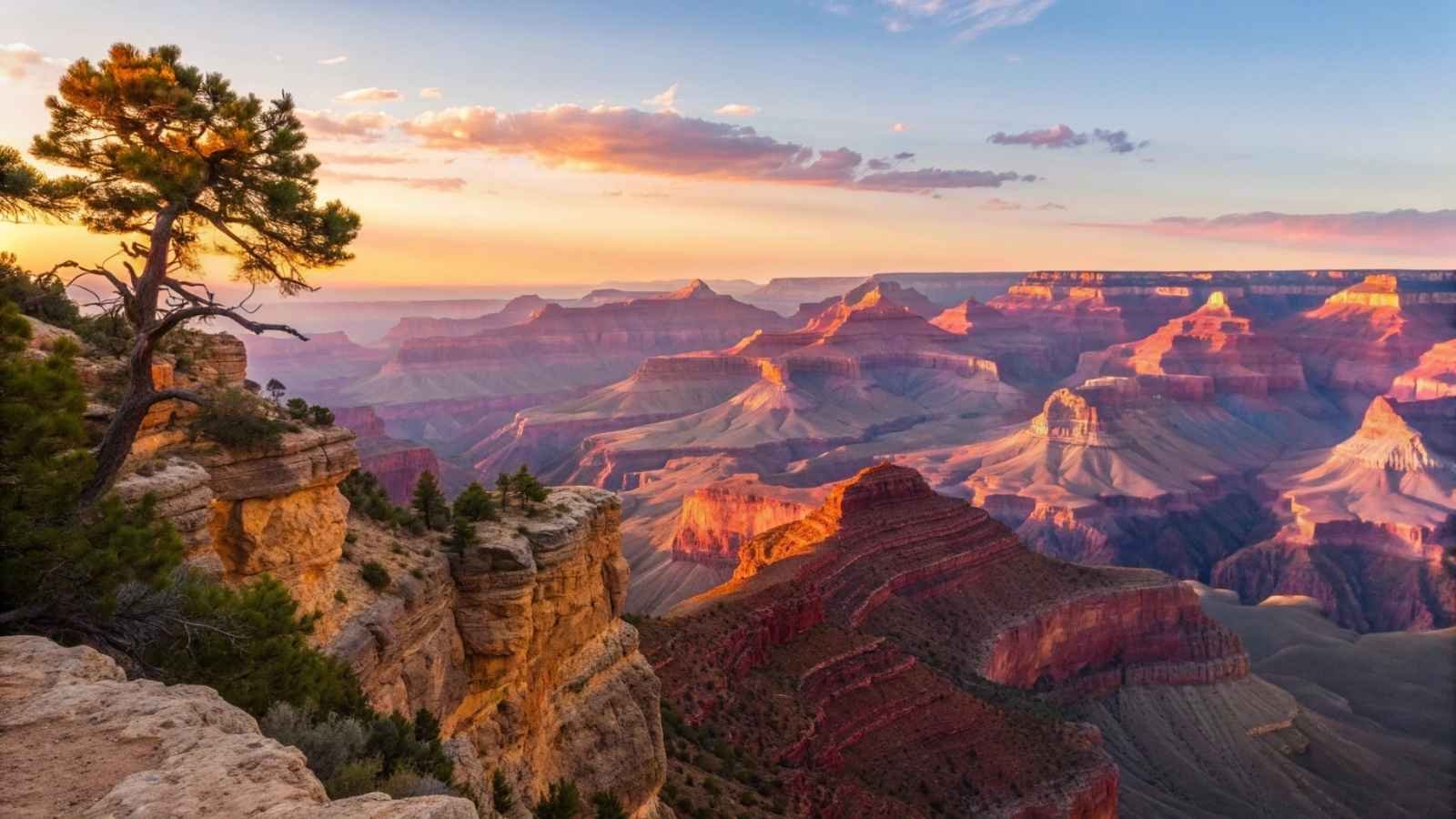
No matter how many photos you’ve seen, the Grand Canyon will still leave you speechless. The first view over the rim is a moment of pure stillness—your mind just tries to catch up with the scale of it all. But the real transformation happens when you step below the rim. Hiking down into the canyon feels like traveling through time itself, layer by layer of rock revealing millions of years of Earth’s story.
Descending the South Kaibab Trail and watching the colors shift from red to gold to purple as the sun moves overhead is unforgettable. The climb back up is grueling but deeply satisfying—a reminder that some beauty is earned, not given. The Grand Canyon changed how I see resilience, both in nature and in myself.
Quick Facts:
- Best months to visit: March–May, September–November (cooler hiking weather)
- Top hikes: South Kaibab to Skeleton Point, Bright Angel Trail, Rim-to-Rim (advanced)
- Where to stay: El Tovar Hotel or Phantom Ranch (for those hiking to the bottom)
- Photography tip: Sunset at Hopi Point for iconic views
- Permit tip: Backcountry permits are required for overnight canyon hikes
5. Great Smoky Mountains National Park, Tennessee/North Carolina
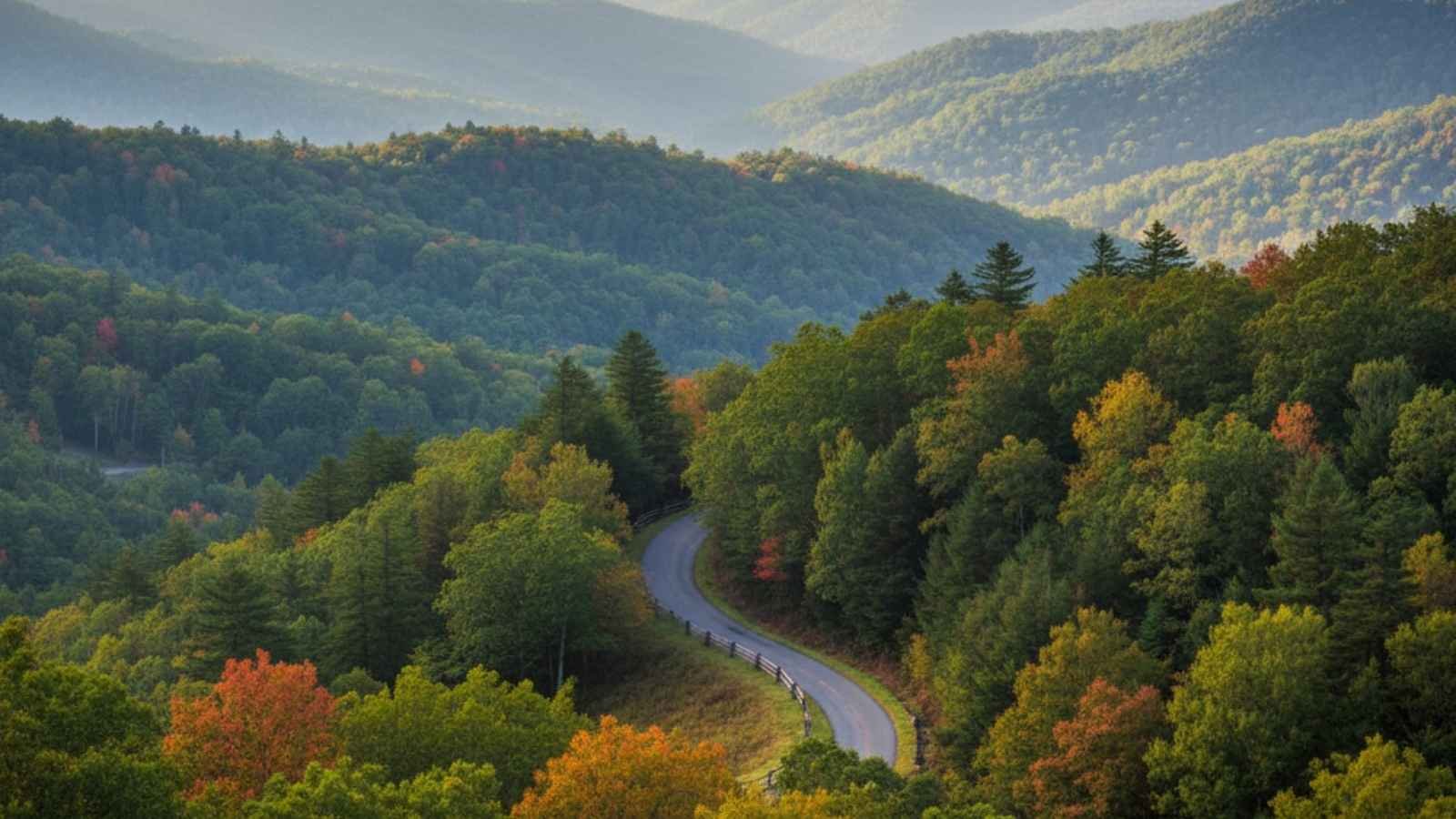
The Smokies have a softer kind of power—misty ridges that roll endlessly, ancient forests dripping with moss, and trails that seem to hum with history. Hiking here feels deeply personal; it’s not about grand vistas as much as the small, intimate details—the smell of wet earth, the sound of a stream hidden in the trees, the way fog curls between hills at dawn.
It’s also one of the most biologically diverse parks in the country, with more species of trees than all of Europe. That diversity translates to every hike feeling slightly different. Whether it’s Clingmans Dome for a sweeping view or Alum Cave Trail for hidden arches and tunnels, the Smokies remind you that beauty doesn’t always need drama—it can whisper, too.
Quick Facts:
- Best months to visit: April–June (wildflowers) and October (fall colors)
- Top hikes: Alum Cave Trail, Chimney Tops, Clingmans Dome
- Where to stay: Gatlinburg or Townsend for easy access
- Photography tip: Early morning for fog-draped mountain layers
- Permit tip: No entry fee, but parking tags are required for longer stays
6. Zion National Park, Utah
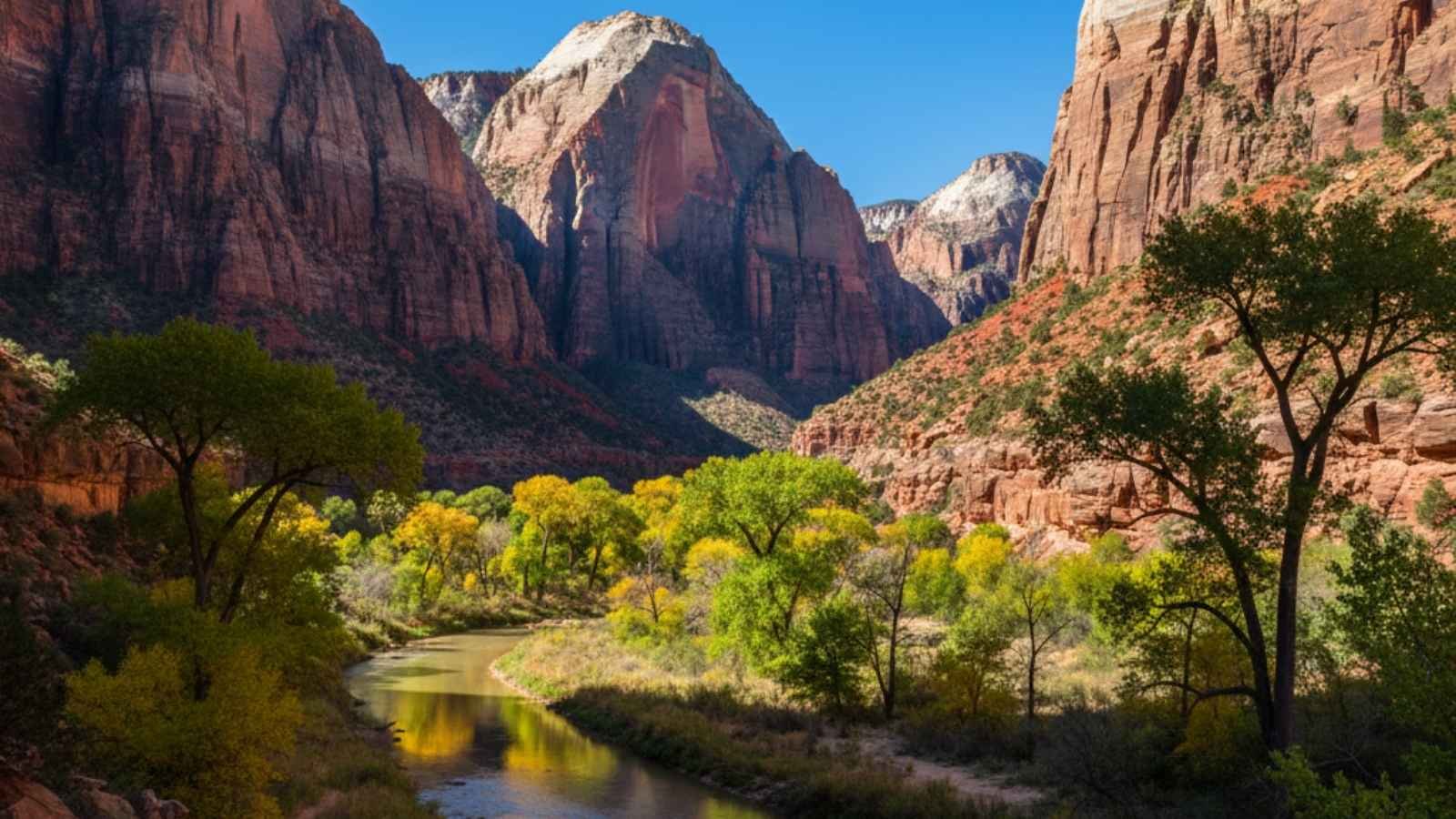
Zion is the kind of place that makes your heart race long before you lace up your boots. There’s something magnetic about its red cliffs, where sunlight bounces off stone walls and turns the whole canyon into a glowing cathedral. Every trail feels like an adventure carved by time—from the narrow slot walls of The Narrows to the dizzying heights of Angels Landing, where you’re rewarded with a panorama that feels both infinite and grounding.
But beyond the thrill, Zion carries a quiet reverence. Hike through the lesser-known Observation Point Trail or the tranquil Emerald Pools, and you’ll sense a calm that lingers long after you leave. It’s not just a park—it’s a balance of extremes: adrenaline and peace, gravity and grace. Zion teaches you that nature doesn’t need to shout to leave an impact; sometimes, it just has to surround you.
Quick Facts:
- Best months to visit: March–May and September–November (cooler temperatures, fewer crowds)
- Top hikes: Angels Landing (permit required), The Narrows, Observation Point
- Where to stay: Springdale for easy shuttle access into the park
- Photography tip: Late afternoon light brings the canyon walls to life
- Permit tip: Reservations required for Angels Landing and some wilderness areas
7. Denali National Park, Alaska
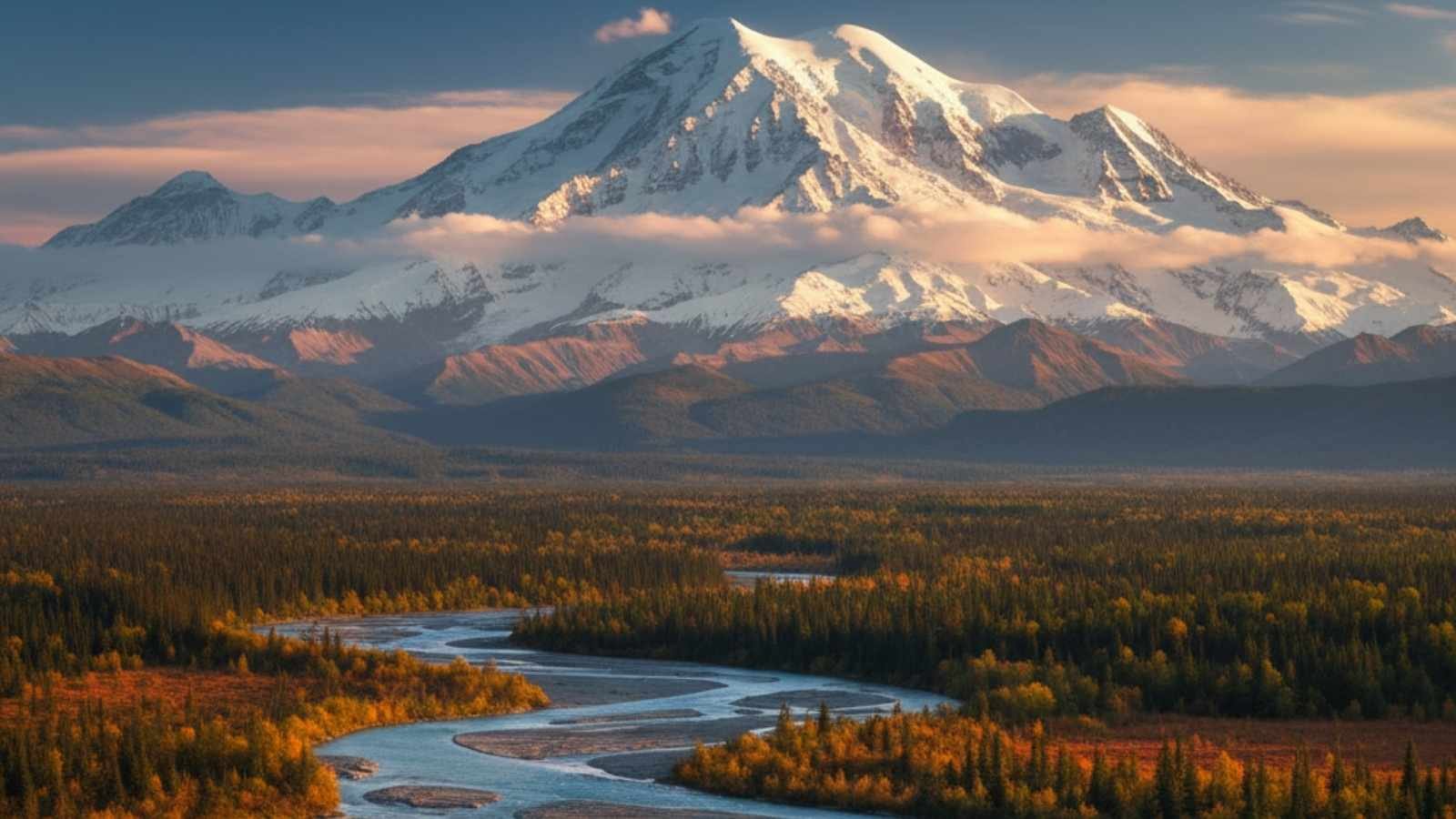
Denali is pure, unapologetic wild. It’s not landscaped or curated—it just is. The moment you step off the park road and into its six million acres of untamed terrain, you realize how rare true wilderness has become. Denali’s scale defies comprehension: tundra plains that stretch to the horizon, braided rivers carving silver ribbons through valleys, and of course, Mount Denali towering above everything at 20,310 feet, often hidden behind a veil of clouds like it’s guarding its own mystery.
Every hike here feels like an exploration in its truest form. Trails are more suggestions than paths, and encounters with caribou or grizzlies remind you that you’re the visitor. Yet it’s not intimidating—it’s grounding. Denali strips away distraction and leaves you with something raw and essential. It’s a park that redefines what “remote” means, and in doing so, what “freedom” means too.
Quick Facts:
- Best months to visit: June–August (when the park is fully accessible)
- Top hikes: Savage Alpine Trail, Horseshoe Lake, Mount Healy Overlook
- Where to stay: Denali Park Village or the backcountry lodges along Kantishna Road
- Wildlife tip: Bus tours offer the best chances to see moose, bears, and Dall sheep
- Permit tip: No personal vehicles allowed past Mile 15 without a special permit


